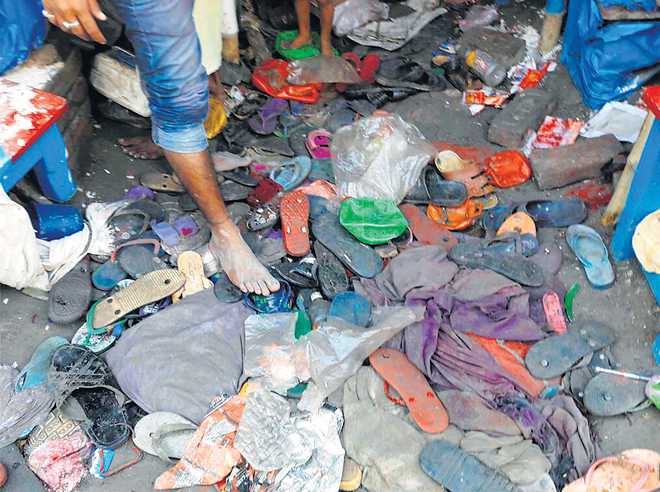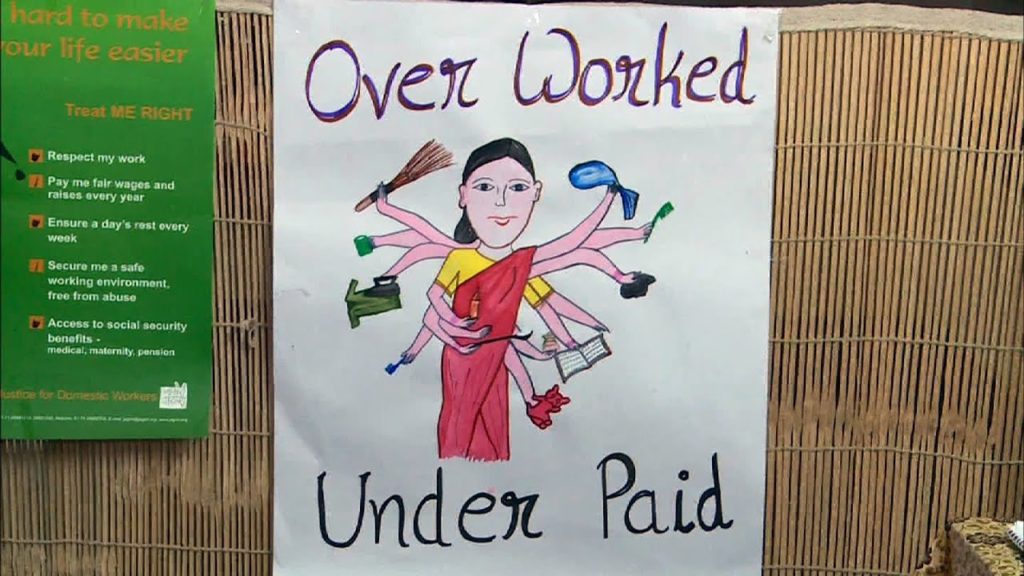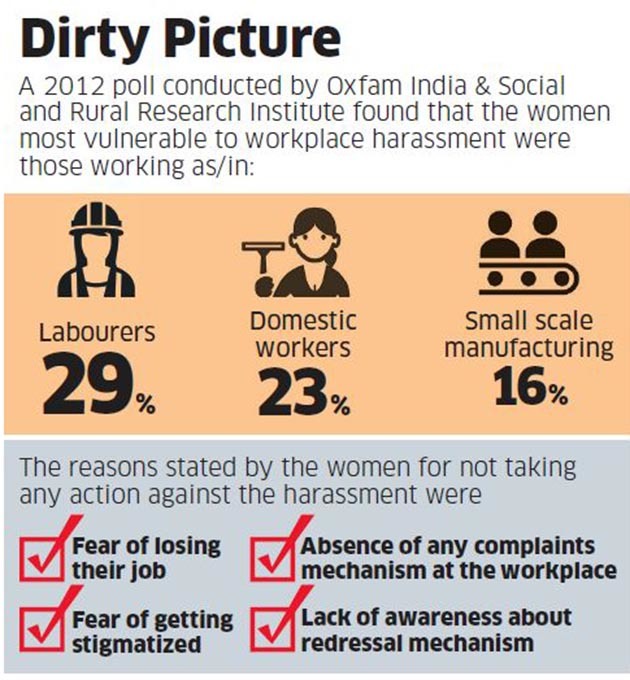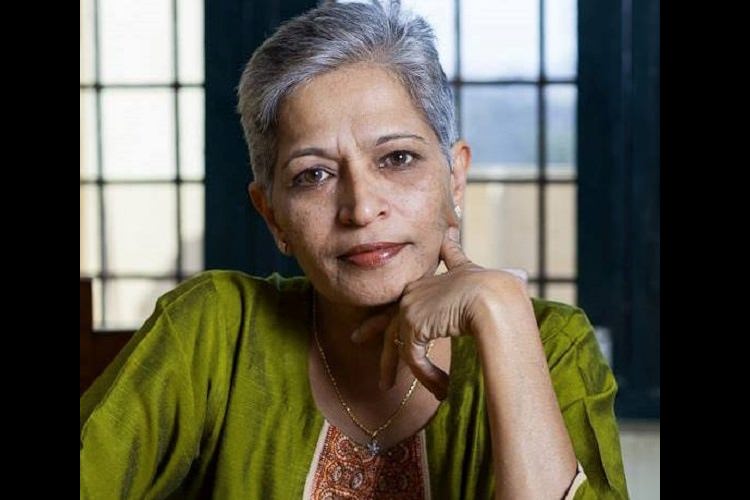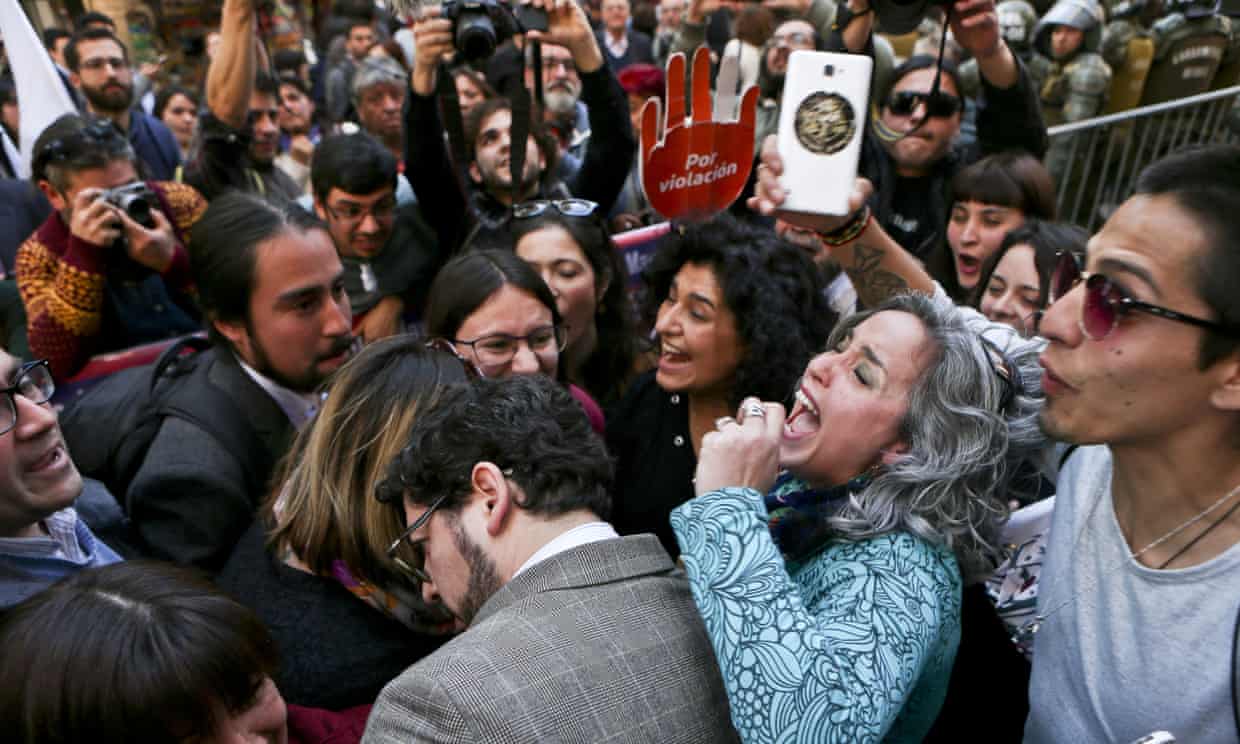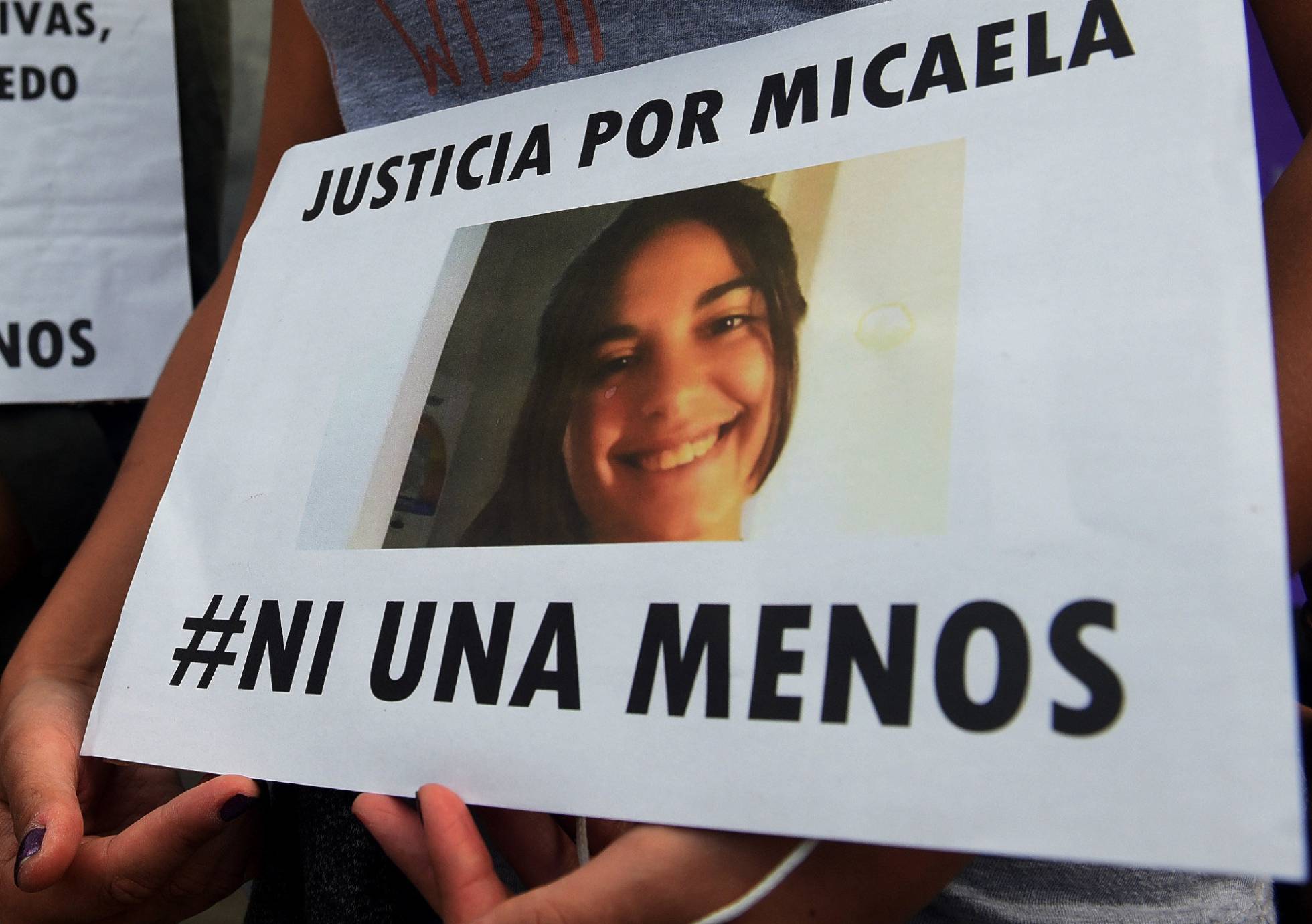
Hadiya Jahan at today’s Supreme Court hearing
Today, November 17, 2017, Hadiya Jahan spoke … or better, was “allowed” to speak and perhaps be heard. Hadiya is a 24-year-old woman, who for the past year has been caught in a web of “protections” “for her own good.” Throughout, Hadiya has tried to speak in her own voice, and has been thwarted. Today, she spoke, and she was partly listened to. More people should be listening, because Hadiya Jahan’s story haunts women, and womanhood, everywhere.
Hadiya’s story is both straightforward and complicated. She was born in Kerala to an atheist father and Hindu mother. Her birth name was Akhila Ashokan. In 2010, at 18 years of age, she went off to study homeopathy. In 2015, she publicly declared she was considering converting to Islam. In January, she attended school, wearing a hijab. Her Hindu “friends” reported this to her parents. Her father rushed to the school, did not find his daughter, and filed a missing person’s complaint. Meanwhile, his daughter had gone to Sathya Sarani, a self-described Islamic educational and charitable trust. They provided her with shelter. Akhila changed her name to Hadiya. When the missing person’s case came to court, Akhila showed up and said she was neither missing nor abducted. The court agreed.
In August 2016, Hadiya’s father filed a second petition, claiming there was a plan to move his daughter out of India. The implicit claim was trafficking. Hadiya denied this. The court placed her in a women’s hostel. At the next hearing, on December 19, 2016, the Court said Hadiya must be allowed to return to college and complete her studies. Meanwhile, also on December 19, Hadiya married Shefin Jehan. When the Court was informed that Hadiya had married, they returned her to the hostel. The Court told Jehan to keep away from Hadiya. No interaction whatsoever. On May 24, 2017, the Kerala High Court annulled the marriage, and sent Hadiya to “live” with her parents. Hadiya appealed to India’s Supreme Court, and that’s who heard her today.
Since May, Hadiya has been under house arrest, at her parents’ house. She has been forbidden from talking with the world. Everyone has spoken for, and even as, Hadiya, but Hadiya has been silenced. Finally, the Supreme Court demanded that Hadiya be produced.
Much has swirled around this case, from claims of “love jihad” to “mental kidnapping.” Hadiya’s story has split women along predictable lines. In a smuggled video, shot in August, Hadiya said, “You need to get me out. I will be killed anytime, tomorrow or the day after, I am sure. I know my father is getting angry. When I walk, he is hitting and kicking me.” She begged for freedom. Who listened?
Today, Hadiya spoke, and not only to the Court. She said, “I want freedom… I want to complete my studies and live my life according to my faith and as a good citizen.” The Court released Hadiya from her parents’ custody and sent her back to homeopathy college to complete her studies. In late January, the Court will hear the couple’s appeal to undo the annulment of their marriage. Hadiya, a 24-year-old woman, wants to be free. It’s not complicated.
(Photo Credit: Vipin Kumar / Hindustan Times)


